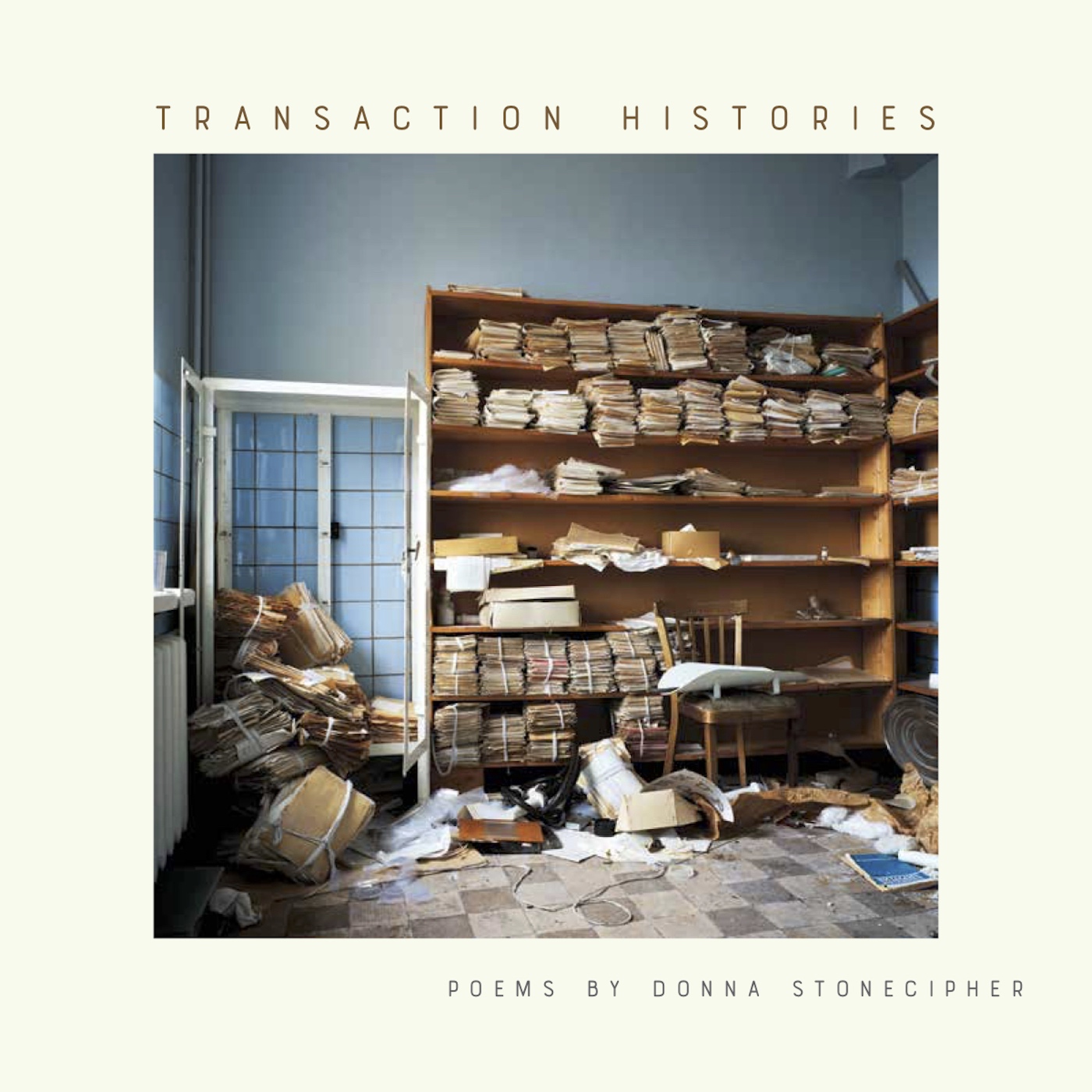De John Yau, no site Hyperallergic:
“Ao mesmo tempo desapegado e empático, Stonecipher observa, descobre e investiga nosso mal-estar atual, o reconhecimento de que o futuro e o passado estão constantemente em confronto em nossa vida cotidiana, sombreados pela suspeita de que tais encontros possam apagar todas as evidências de nossa existência. A explosão da informação, com o vasto acesso oferecido pelos tentáculos digitais ao alcance de nossas mãos, nos tornou conscientes de quão insignificantes somos como indivíduos no grande esquema das coisas. Os poemas de Stonecipher estão localizados em cidades passando por mudanças implacáveis, como todas parecem estar nos dias de hoje. A frase “ruínas da nostalgia” aparece em cada um dos poemas, geralmente no começo ou no final. Se a afeição melancólica por uma era de ouro em nosso passado coletivo e pessoal está em ruínas, como podemos abraçar o futuro que eventualmente nos devorará? Podemos continuar a ser abertos e compreensivos?”
Do livro:
The Ruins of Nostalgia 50
The oldest house in the neighborhood is for sale. The oldest house in the neighborhood, owned by the state garden club, has been put up for sale. Queen Anne-style, with leaded-glass windows, and a turret, the house has been put up for sale by the state garden club, to whom it was bequeathed, in 1977, by the ladies’ improvement club. The bequeathal included a clause that included the stipulation that the Queen-Anne-style house, and its pear orchards, be preserved by the state garden club “forever.” Nevertheless, the state garden club has put up the oldest house in the neighborhood for sale. The house is, was, is, no longer listed on the National Register of Historic Places. The garden club went to court to ask for a lifting of the listing on the National Register of Historic Places. Because the upkeep of the oldest house in the neighborhood, with its leaded-glass windows, and its pear orchards, and its historic-ness, is onerous. For forty years the garden club tended its pear orchards, and its garden, and intended to preserve its pears and its leaded-glass windows and its turret “forever.” Forever? Forever. Forever? Forever. Pears are preserved into preserves. A historic place is preserved into a Historic Place. A tower slurs into a turret. The oldest house in the neighborhood, with its leaded-glass windows and its garden, sits on a lot that could contain an apartment building with “30 to 40 units” in a city with a crippling housing shortage. But the house was bequeathed “forever.” But the house, the house, with its leaded-glass windows and its garden, its 135 years of existence. Its 135 years of pears. Its preservation. But the “30 to 40 units.” The court allowed the listing to be lifted because the ladies’ improvement club was dissolved in 1983, and no ladies were left to protest it. But a lady from the state garden club board did resign in protest, an 88-year-old lady named Lona. But Lona. But the 30 to 40 units. But the pear orchards. But the new families. But the leaded glass. But the ladies, improving and improving. But the Queen-Anne-style house. But the obsolescence of queens. But the history, the Historic Place. But the city’s crippling housing shortage—the homeless people lining the freeways. But the stories the house could tell, if it could tell. But Lona. But the neighborhood groups now scrambling to buy the house. What are they trying to preserve? The house, the past, the old neighborhood, the historic place, history? And Lona? But Lona. But the house—the large, old, antiquated, elegant, beloved, hated, fragile-as-an-eggshell house, which escaped fire, earthquakes, the ravages of time, of everything except “prosperity.” Built 135 years ago for shelter, will the shelter now be sheltered? But the 30 to 40 units. But Lona. But Lona. But the pear orchard, the garden, the turret, the leaded glass, the house, the house.
Encontre Transaction Stories em pré-venda (lançamento em 18.09) na Amazon >>>
